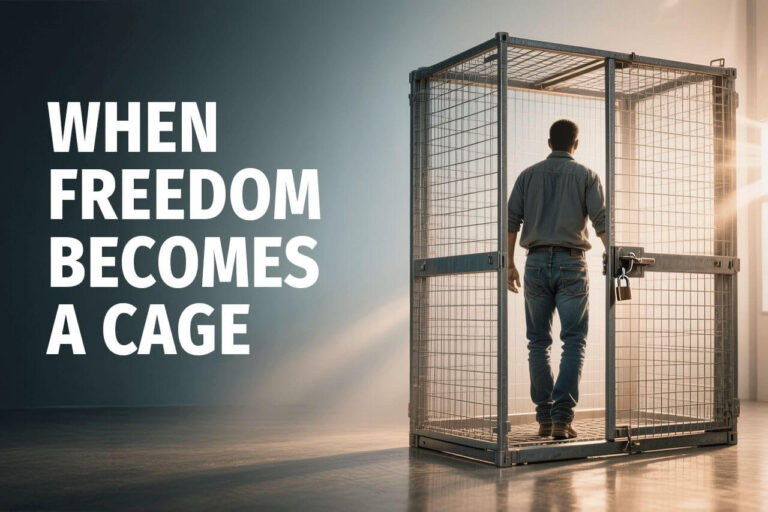We kicked off this series by highlighting some of the benefits and downsides of owning a business, along with a few statistics. But as the title above suggests, the difference between owning a business and leading one is where our focus will be going forward.
Some of the ownership-to-leadership transitions I’ll discuss are:
- From “I say, you do” to “What do you think?”
- From anger to understanding.
- From controlling to empowering
- From impulsiveness to thoughtfulness.
- From operating to coaching to guiding.
- From numbers to purpose.
- From “me” to “them.”
Naturally, these are not the only changes that help smooth the shift from owning to leading, but they’re a good starting point.
As a business owner, we must constantly evaluate our behaviors to see if they’re still assets, if modifications may be necessary, or if we simply need to abandon some of them because they no longer serve us or they get in our way.
Some personal disclosure is probably appropriate at this point. Having owned businesses for all of my adult life, I feel that I can state with authority that I have not always exhibited the behaviors or qualities of an enlightened leader. Still today there are times when I question just how effective I am.
Early in my career I lacked personal awareness yet exhibited the unflattering arrogance to be a business owner but not a leader. In spite of my many flaws I like to think I was at least a reasonable ruler of the businesses that I considered my kingdoms.
Like many young business owners, I welcomed others working for me as long as they followed my rules and did what was asked of them. I told people my door was always open, but my mind wasn’t. And, for the most part, that seemed to work. After all, this was during a time when people actually needed jobs and were willing to tolerate this type of command-and-control work environment in order to support their families. But those days are behind us and that style of management doesn’t fly in today’s workplace.
As it turns out, I was not unique in my style of management. Many younger owners lack the experience, personal discipline, and self-awareness to lead a company. But that doesn’t stop them from owning a business. The companies I owned and ran were typical of many other small businesses. They were populated by family members, friends, and people who were completely unqualified for the job I was asking them to do. But they needed a paycheck and I needed a body. At one point, I employed several members of the rugby team I played for to be painters. How’s that for a qualifying skillset?!
In Part III of this series, I’ll discuss some of the differences between running a solo operation and leading a larger organization.



